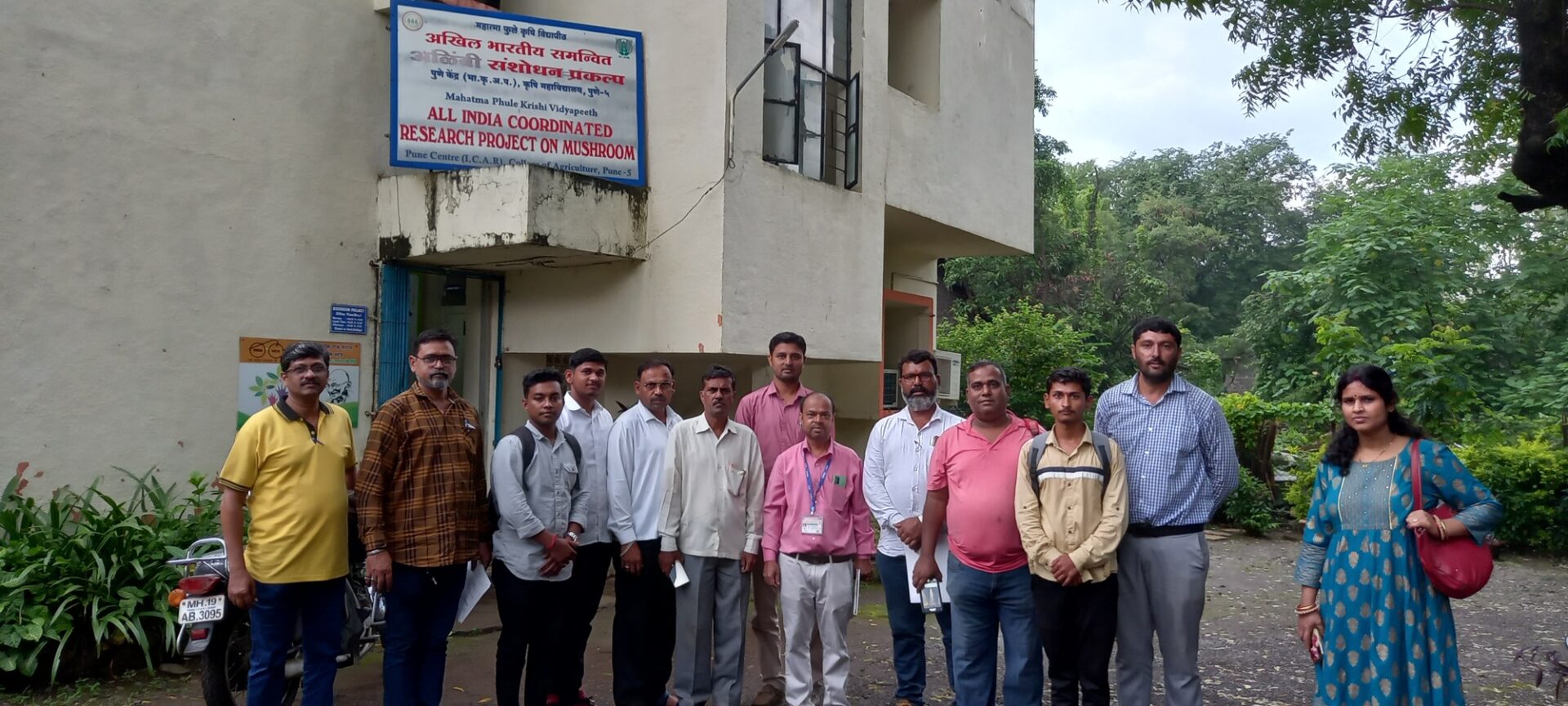The Prime Minister Employment Generation Programme (PMEGP) is a credit-linked subsidy programme supported by the Indian government. Beneficiaries of this programme are eligible to receive a government subsidy that ranges from 15% to 35% of the project cost.
Through the establishment of new self-employment initiatives, PMEGP’s primary goal is to create employment possibilities in both urban and rural areas.
Categories of beneficiaries | Own Contribution | Rate of Subsidy | |||
|---|---|---|---|---|---|
Area (location of project/unit) |
- |
Rural |
Rural | ||
General Category |
10% |
15% |
25% | ||
Special (including SC/ ST/ OBC/ Minorities/ Women, Physically handicapped, Ex-Servicemen, NER, Hill and Border areas etc. |
05% |
25% |
35% | ||
Existing units and those who have already received government subsidies (under PMRY, REGP, PMEGP, CMEGP, or any other scheme of the Government of India or State Government) are not eligible for PMEGP plan benefits.
PMEGP is a Ministry of Micro, Small, and Medium Enterprises initiative that is carried out nationally by the Khadi and Village Industries Commission (KVIC). PMEGP can provide you as an entrepreneur with the funding necessary to launch a new project. To learn more about the PMEGP programme, keep reading.
What are the objectives of the PMEGP scheme?
- To create jobs in India’s urban and rural areas by starting new microbusinesses, self-employment programmes, and endeavours.
- To the extent possible at each area, to promote self-employment options for widely scattered traditional artisans/unemployed rural and urban youth.
- To prevent rural youngsters from migrating to urban regions by providing them with stable, long-term work.
- To increase craftsmen’ ability to earn a living and accelerate the expansion of both rural and urban employment.
What is the maximum PMEGP loan amount?
The range of the PMEGP loan is Rs. 9.5 to Rs. 23.75 lakh. The maximum project cost for the manufacturing sector is Rs. 25 lakh, while the maximum project cost for the business/service sector is Rs. 10 lakh. The beneficiary contributes 5–10%, while the bank approves the rest 90–95%.
In reality, the project’s cost will only be covered by your bank credit to the tune of 60% to 75%, with the remaining 15 to 35% coming from the PMEGP plan as margin money. The remaining project cost is provided by banks as a term loan.
Is collateral required for a PMEGP loan?
According to RBI norms, security is not required for projects costing less than Rs. 10 lakh. The CGTSME offers a collateral guarantee for projects with budgets between Rs. 5 lakh and Rs. 25 lakh. For projects costing more than Rs. 10 lakh, the PMEGP loan process is different since you would have to submit security in accordance with your lender’s requirements.
What is the interest rate on the PMEGP loan?
Regular interest rates for loans made under the PMEGP programme range from 11 to 12%.
What are the major points of the PMEGP loan?
- Banks authorise funding for projects up to 90% to 95% of the total cost.
- The bank provides the remaining 60% to 75% as a term loan, with the government contributing 15% to 35% in the form of margin money or PMEGP subsidies.
- Interest rates typically range from 11% to 12%.
- After a temporary moratorium, the repayment period lasts for three to seven years.
Who may submit a PMEGP loan application?
The following individuals are eligible to apply for financing for new initiatives under the PMEGP programme:
- Any anybody older than 18 years old
- For a manufacturing sector project costing more than Rs. 10 lakh and a business/service sector project costing more than Rs. 5 lakh, the individual must have completed at least the 8th grade.
- Groups for self-help (even those falling under BPL provided that the SHG has not obtained benefits from another scheme)
- Establishments covered by the Societies Registration Act of 1860
- Cooperative production organisations
- philanthropic trusts
Units that are currently receiving benefits from a state or federal government programme, however, cannot apply for a PMEGP loan.
What documentation must be submitted with a PMEGP loan application?
When submitting an application for the PMEGP loan programme, you might need to provide the following documents:
- Aadhar Card
- PAN Card
- Project Report
- Special Category Certificate, if required
- Rural Area Certificate
- Education/Skill Development Training/EDP Certificate
- Authorization Letter
What is the PMEGP loan procedure?
How to submit an online PMEGP application
- To begin with PMEGP online, submit an e-portal application.
- To submit an online application for an individual or a non-individual, click the appropriate link.
Complete the form by providing information such as name, supporting organisation, type of activity, first funding bank, and so on








